#Modern Library
Explore tagged Tumblr posts
Text

Audrey keeping watch over my vintage Modern Library books! Also, thoughts on Breakfast at Tiffany's. (New mlbooks IG post.)
101 notes
·
View notes
Text
I love(d) college
Following classes
No gothic buildings
Reading a lot
A modern library
To discuss the classes
I mis my college days
I am happy & satisfied
I am that i am
#poetry#literary#story#wisdom#magical#literature#dark academia#college#classes#reading a lot#modern library#discuss classes#happy & satisfied#I am that i am
3 notes
·
View notes
Text
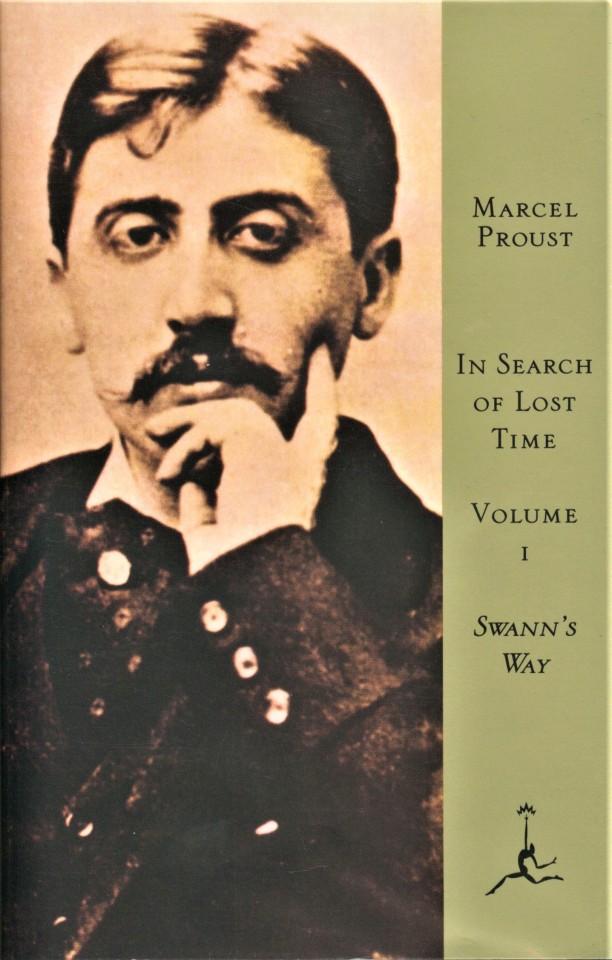
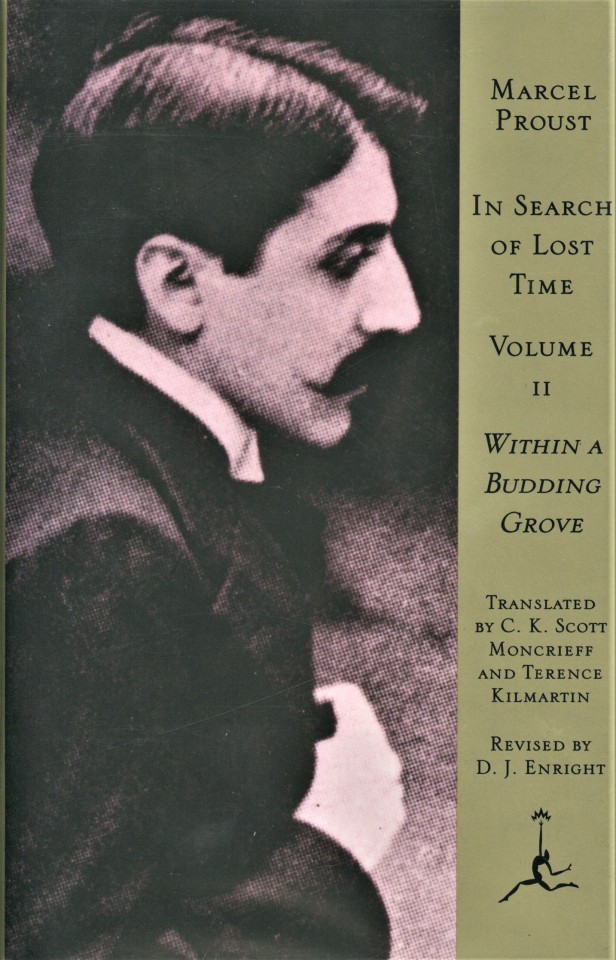
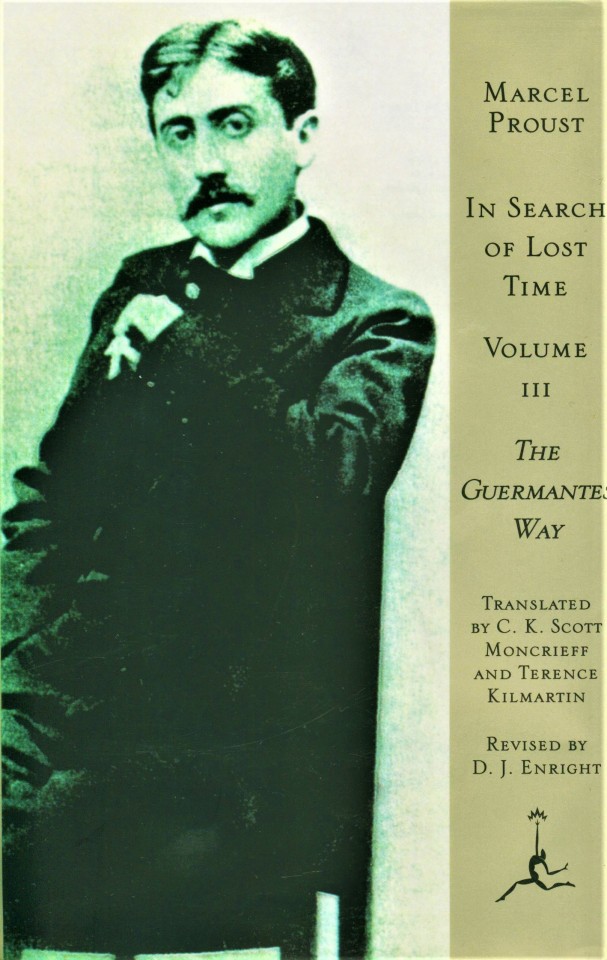
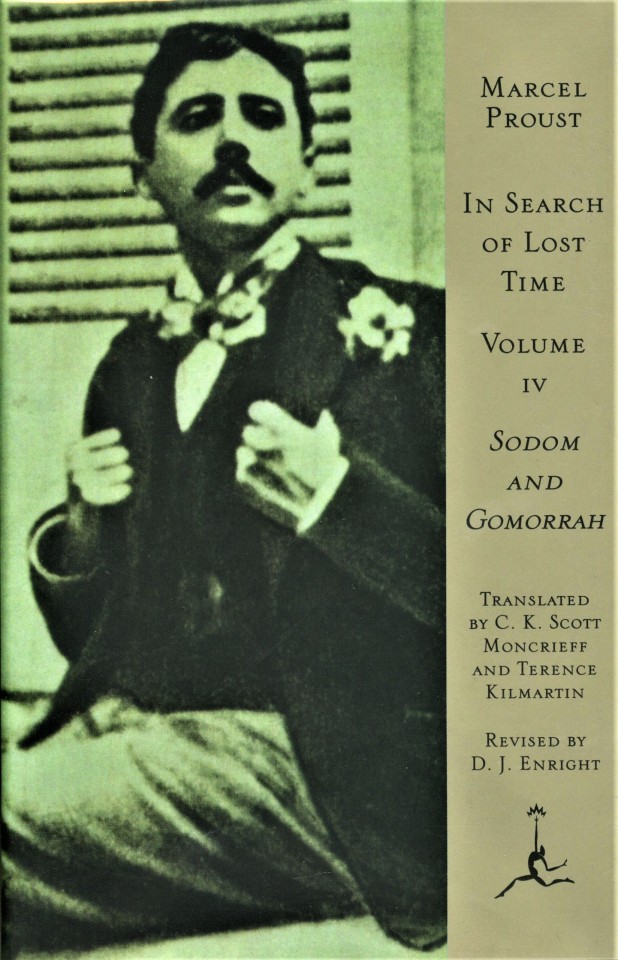
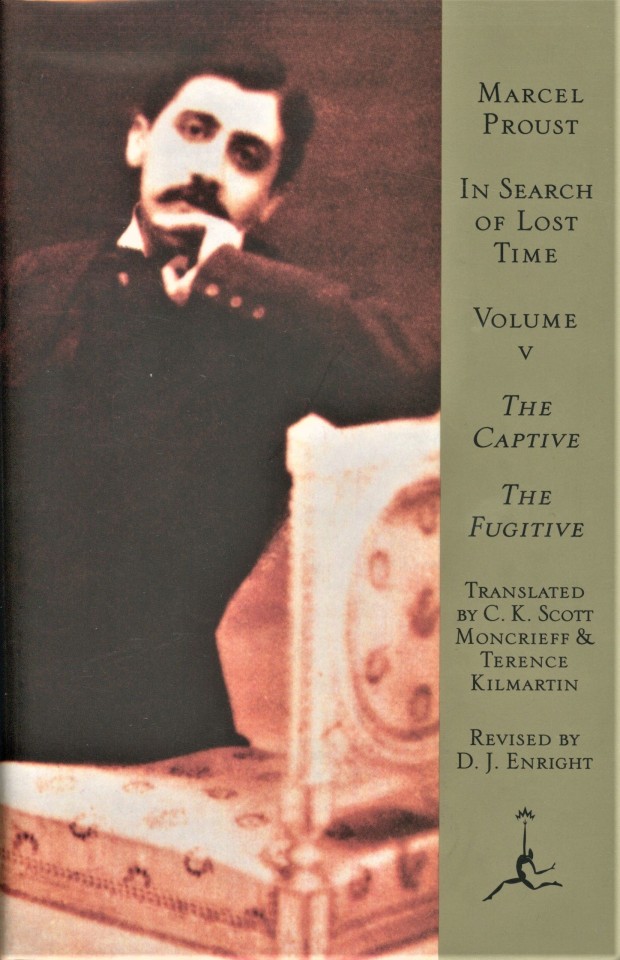

Milestone Monday
On this day, July 10 in 1871, French novelist Marcel Proust (Valentin Louis Georges Eugène Marcel Proust, to be exact) was born to an upper-class family in the Paris Borough of Auteuil. Born at a time of great change for French society, with the decline of the aristocracy and the rise of the middle class, Proust's most well-known publication, the monumental, 7-volume novel À la recherche du temps perdu (currently translated as In Search of Lost Time, but previously translated as Remembrance of Things Past) explores the effects of these changes in personal and intimate ways.
Proust began work on this novel in 1909 and continued to work on it until his final illness in the autumn of 1922 forced him to stop. It was published in France between 1913 and 1927, and has become one of the hallmarks of world literature from the 20th century. The novel unfolds as a series of memories initiated by the sensation of a sip of tea in which he had dipped a madeleine cake. The sensation sparks dormant recollections of experiences from childhood to adulthood in fin de siècle France society.
The first six volumes of the novel were first translated into English by the Scottish author and translator C. K. Scott Moncrieff from 1922 to 1930, with the final volume translated by British novelist and translator Stephen Hudson in 1931. Terence Kilmartin revised the Scott Moncrieff translation in 1981 (with the final volume translated by Andreas Mayor) using the new French edition of 1954. The copy shown here is a revision of that revision by British academic D. J. Enright, based on the French Bibliothèque de la Pléiade edition of 1987-1989, published in six volumes by the Modern Library in New York (and by Chatto and Windus in London) in 1992. It is the first edition to use the more current translation of the title, In Search of Lost Time.
View other Milestone Monday posts.
#Milestone Monday#milestones#Marcel Proust#birthdays#French authors#In Search of Lost Time#Rememberance of Things Past#À la recherche du temps perdu#C. K. Scott Moncrieff#Terence Kilmartin#D. J. Enright#Modern Library
52 notes
·
View notes
Text
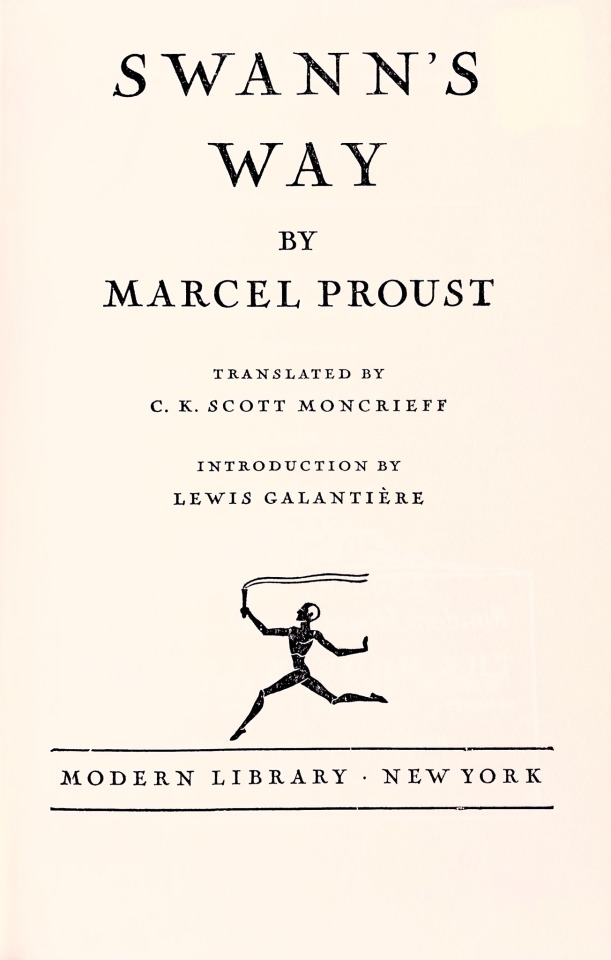
2 notes
·
View notes
Text
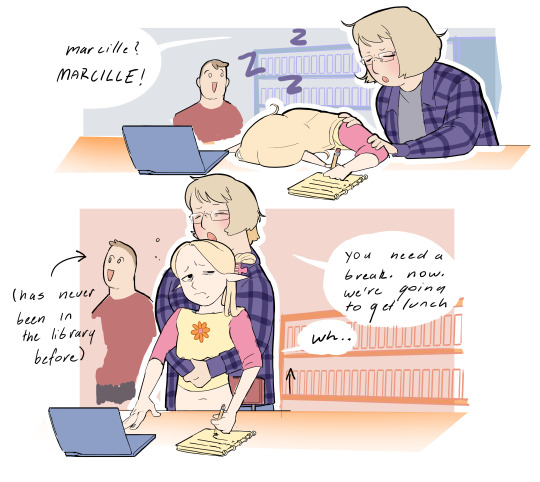



Local PHD student at wizard school HARRASSED!! FOR SHAME!!
#laios touden#falin touden#marcille donato#farcille#arts#dungeon meshi#hello Im back again! to tumblr#also Im pretty shamlessly using beebfreeb 's falin outfit. I like it a lot I think thats how she is#delicious in dungeon#obviously influenced by some other peoples designs of modern designs figured Id put that disclaimer i do love those#i have no idea what the canonicity of laios going to the library is. like. he knows a lot#but i dont know if thats from books necessarily? jsut thought it was funny just pretend its this particualr libraary if that bothers u I gu
25K notes
·
View notes
Text

this is getting to be an illness
1 note
·
View note
Text

California Cottages: Interior Design, Architecture & Style, 1996
#vintage#vintage interior#1990s#90s#interior design#home decor#decorating#shed#she shed#library#garden#landscape design#flowers#dogs#thyme#modern#style#home#architecture#California#cottage
4K notes
·
View notes
Photo

Home Office - Freestanding Mid-sized traditional freestanding desk design example with a dark wood floor and brown floor in a home office library that has white walls and no fireplace.
0 notes
Photo

Contemporary Closet - Flat Panel A small, modern walk-in closet with flat-panel cabinets and white cabinets has a beige floor and carpeting that is gender-neutral.
#modern walk in wardrobe#buckhurst hill bespoke#shoe storage#rolling library ladder#narrow walk in wardrobe#modern library#closet
0 notes
Text

Metropolitan Toronto Reference Library, Toronto, 1973-77.
Architect: Raymond Moriyama
#architecture#modernism#library#interior#Raymond Moriyama#Metropolitan Toronto Reference Library#Toronto#Ontario#Canada#1970s
6K notes
·
View notes
Text

New post at mlbooks Instagram.
217 notes
·
View notes
Text







Yale Beinecke Rare Book & Manuscript Library, Connecticut, USA - SOM
#SOM#architecture#building#design#modern architecture#interiors#concrete#modern#contemporary#contemporary architecture#brutalist#classic#timeless#modernist#block#translucent#facade#waffle#library#university#university library#rare books#yale university#connecticut#usa#american architecture#cool design#beautiful buildings#design blog#glazing
524 notes
·
View notes
Photo
Personally, I love this cover of The Monk from Penguin Classics!

It's like Sauron or Euron!










The Many Faces (and Book Covers) of The Monk
Blasphemous, vulgar, wicked—all words used to describe Matthew Lewis’s Gothic masterpiece, The Monk upon its first publication in 1796. Of course, the novel became a runaway best-seller, furitively read by proper young ladies for the promised salaciousness (as Isabella Thorpe and Catherine Morland do in Jane Austen’s Northanger Abbey). Written by Matthew Lewis, a young member of parliament just barely twenty-years-old, The Monk left its own mark on the author, who became known, and is sometimes still referred even today, as “Monk” Lewis. Over two centuries later, his masterwork about the diabolical descent of the pious monk Ambrosio into sin—sex, witchcraft, murder, and worse—is a key progenitor of horror fiction and still manages to find an avid and devoted readership while also generating its fair share of great cover art.
Top Row: Left, Matthew “Monk” Lewis, c. 1800; Right, the title page for the first edition of The Monk, in affixing M.P. (Member of Parliament) to his name, Lewis breached a point of ettiquette for the time and added another degree of scandal to the controversy surrrounding his novel.
Second Row: Left, a pulp paperback from the late 60s/early 70s in all its lurid glory; right, the current edition available from Grove Press featuring a cover with art design akin to a heavy metal band’s album cover.
Third Row: Two editions from Oxford World Classics—the current version (left) features a rather benign gentleman with a not-quite sinister smirk; the publisher’s forthcoming edition (right, Jan. 2016) manages to be more effective being somewhat evocative of a nightmarish daguerreotype.
Fourth Row: The two Penguin Classics editions here, past and present, draw upon a similar scene: the previous version (left) uses a wood cut illustration from the first French translation, while the current, black-band edition (right) employs an image culled from Hieronymus Bosch.
Bottom Row: This Modern Library edition (left) makes no secret of the eponymous character’s satanic destiny, while this Italian translation (right) goes one better using Goya’s “Witches’ Sabbath” to set the appropriate tone for the infernal narrative within.
Below: A metro-style movie poster for the 2012 French-produced adaptation directed by Dominik Moll (With a Friend Like Harry…) and starring Vincent Cassel. It’s a sleek, streamlined version of the novel but the tone of its ending is ever so slightly different than the source material.

#Many Faces and Book Covers#The Monk#Matthew Lewis#Gothic Fiction#Gothic Literature#Penguin Classics#Oxford World Classics#Grove Atlantic#Modern Library
6 notes
·
View notes
Text



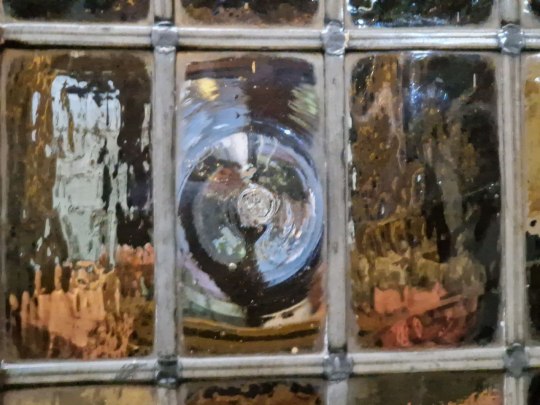
Have you noticed these windows?
These images showcases a beautiful set of old, possibly medieval or early modern windows, which contain distinct "bullseye" panes. These "bullseyes" were a byproduct of a historical glass-making technique called crown glass production. During this process, molten glass would be spun into a disk, and the central portion, where the rod had been attached, would form a thick, rounded distortion — the bullseye. Originally considered flawed or less desirable compared to the smooth outer edges, these panes were often sold at a lower cost.
The bullseye feature is now cherished for its historical charm and rustic character. Because modern methods of glass production allow for flawless, uniform sheets of glass, this style of window pane is no longer deliberately replicated, giving such windows a unique, irreplaceable quality. The reflection of the light in these windows, along with the subtle distortions from the bullseyes, adds a sense of warmth and antiquity to the building.
In modern settings, these features are often sought after by those who appreciate craftsmanship and history. The uneven, hand-crafted appearance of these windows contrasts with today's mass-produced glass, making each pane unique and full of character, adding not just aesthetic value but also a tangible connection to the past.
#dark academia#light academia#classical#academia aesthetic#escapism#academia#books and libraries#classic literature#books#architecture#object#bullseye#windows#period#medieval#early modern#glass#design#building#information#info#facts#royal core#cottage core#aesthetics#academic#aesthetic#mood#vibe#tumblr
280 notes
·
View notes
Text

#my laptop contains the modern day library of alexandria of arthurian lit#this image came to me in a dream
500 notes
·
View notes
Text
Percy Shelley doodling while helping his wife edit the draft of her first novel, Frankenstein; or, The Modern Prometheus (1818):
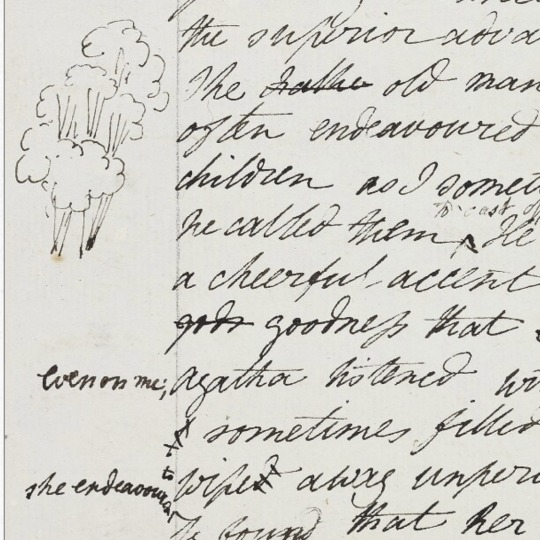


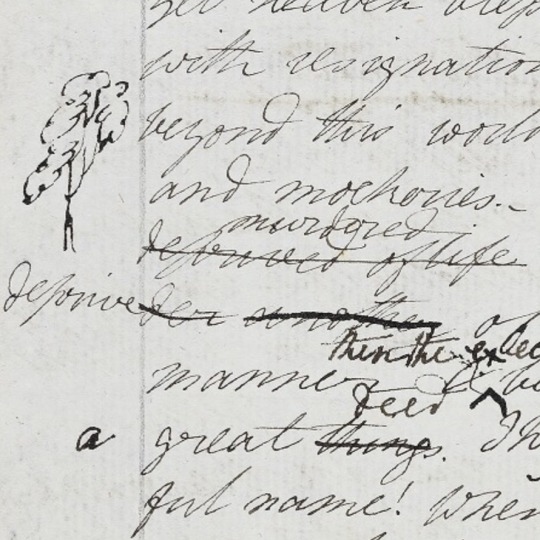
The idea for the story was devised in mid-June 1816. The draft shown here was written between August and December 1816, and it was revised until April 1817. The book was published January 1st 1818 when Mary was 20-years-old. She was only 18 when she conceived the story, as her 19th birthday was on August 30th 1816.
Source: The Shelley-Godwin Archive online
#me 🤝 shelley -> relentless doodling#back at it again w the happy little trees#literature#english literature#lord byron#romanticism#aesthetic#dark academia#percy shelley#history#mary shelley#editing#frankenstein#Frankenstein; or The Modern Prometheus#writing#poetry#literary history#manuscript#manuscripts#bodleian library#shelley#doodling#scribbles
2K notes
·
View notes